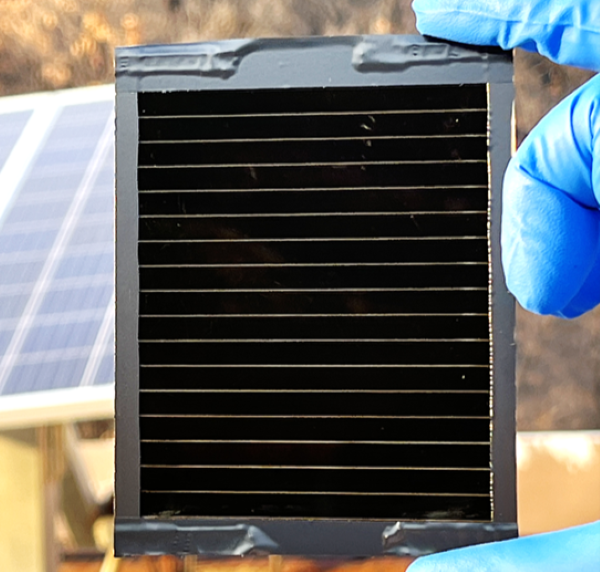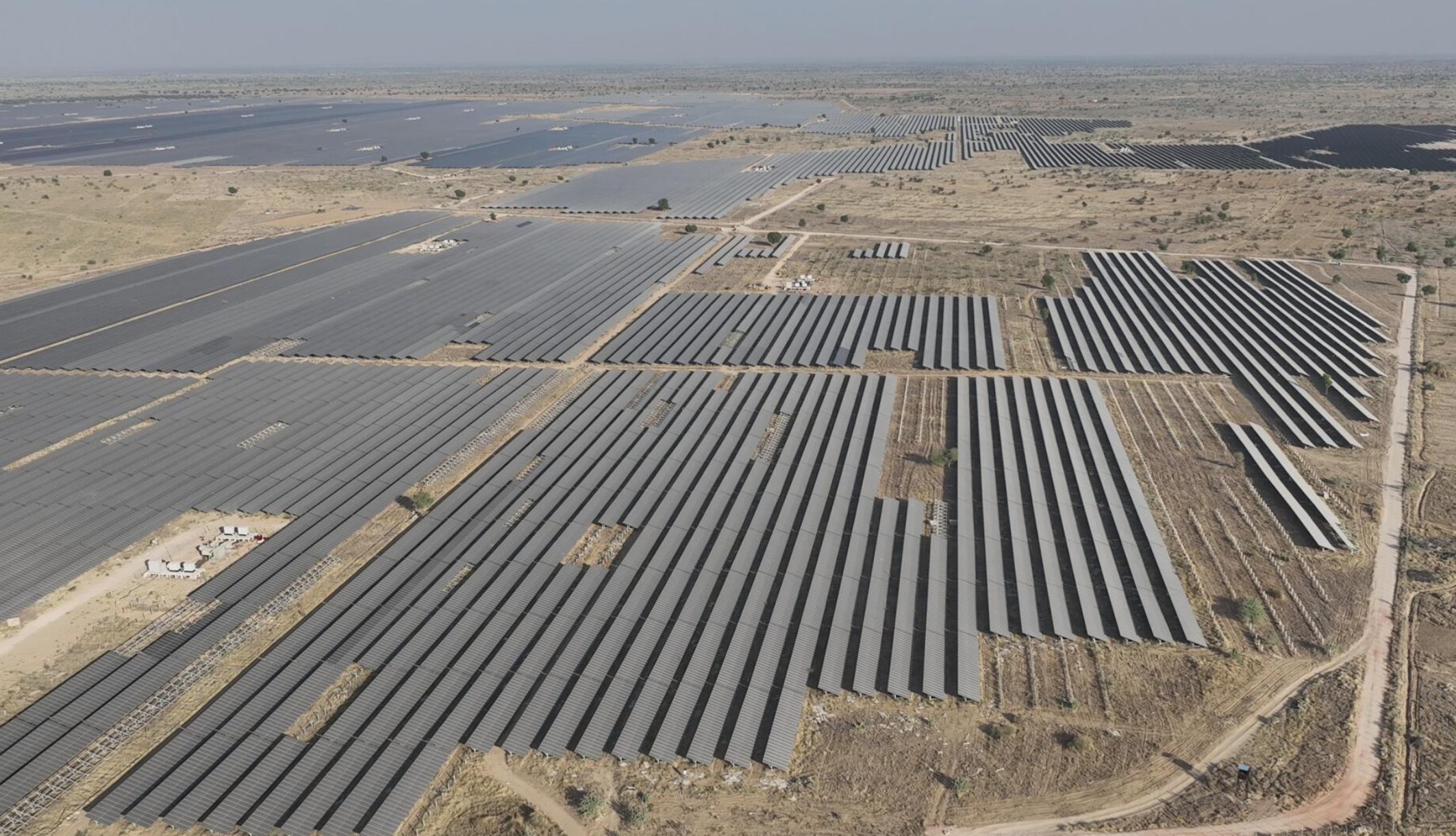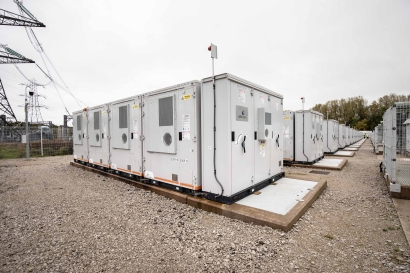The Answer to Load Growth is Solar and Storage
Hold utilities accountable to addressing load growth with cost-effective solar and storage. The post The Answer to Load Growth is Solar and Storage appeared first on Southern Alliance for Clean Energy (SACE).

Load growth is the name of the game in the electricity sector these days. We are constantly hearing about how data centers require large amounts of power, and utilities are trying to keep up with the demand.
The good news is that utilities are planning to answer at least some of this need for load growth with solar and storage. While Florida Power and Light leads the pack in treating renewables and storage as primary sources to meet growing demand, other utilities in our region have room to ramp up.
SACE tracks utility procurements, which come in the form of Requests for Proposals (RFPs), as one way to track an electric utility’s plans for various generation resources. We also track and intervene in Integrated Resource Plan (IRP) dockets, which typically precede an RFP and guide the allocation of resources and amounts included in the RFP.
Here’s a quick overview of recent or ongoing renewables procurements from a few Southeast utilities.
Duke Energy Carolinas/Progress has 2025 RFP documents available:
- Amount: 1,700 MW
- 900 MW of solar-only resources and
- Up to 800 MW of solar paired with approximately 300 MW of battery storage
- Timing: Duke has the discretion to decline projects that cannot be in service before November 30, 2030
Florida Power and Light (FPL) has requested to build additional solar through Florida’s SoBRA mechanism in the near term. Additionally, in their Ten Year Site plan, FPL is projecting additional solar through 2034. These plans outline a consistent approach to integrating solar and storage into the grid, rather than constructing new gas power plants.
- 2028 – Request SoBRA
- Solar 1,490 MW AC
- Battery 596 MW
- 2029 – Request SoBRA
- Solar 1,788 MW AC
- Battery 596 MW
- Ten Year Site Plan
- 17,422 MW solar – 74.5 MW each – 234 projects – 24 projects/year = 1,788 MW/year for 10 years
- 7,603 MW battery storage
Georgia Power Company has CARES 2025 RFP documents available:
- Amount: 1,500 MW or more to fulfill the 2022 IRP commitment
- Eligible resources: Renewables, including solar, wind, solar thermal, hydro, biomass, biogas, geothermal, and other (needs pre-approval)
- Timing: 5-6 year process – Commercial Operation Dates (COD) 2029 and beyond
- Types:
- PPA – Power Purchase Agreement
- Company Owned
- BTA – Build Transfer Agreement
- CFE-ATC – Carbon Free Energy – Around the Clock
Tennessee Valley Authority (TVA) has a Resource Solicitation Cluster RFP (2025 RSC RFP) open for both fossil and renewable resources:
- Amount: 2,250 MW Total, most of which is gas
- 500 MW PV (solar only)
- 1,250 MW natural gas
- 500 MW storage, and solar paired with storage
- 20 MW minimum project size
- Timing: 7-year process, COD 2031
- TVA has indicated it will repeat this process annually.
As you can see, not all utilities are planning solar additions at the same pace. FPL’s plans include placing more solar in operation each year, sooner than any other utility in the Southeast. Although obstacles such as interconnection bottlenecks and a lack of proactive transmission planning can be challenging, there are no technological reasons why other Southeast utilities cannot match FPL’s progress with solar and storage. Sometimes it takes thinking outside the box, like developing data centers powered by solar and storage. However, utilities generally have the ability to update their interconnection and transmission planning practices to remove or at least mitigate bottlenecks.
RFPs are just the first step to accelerate the pace at which renewables and storage are added to grids across the Southeast. SACE has previously promoted an All-Source Procurement process that better ties the two processes together: resource costs from an RFP are used to develop a full portfolio using methods similar to those used in an IRP. Results have shown that clean energy portfolios tend to be the most cost-effective.
We expect these RFPs to get broad responses that show how solar and storage can be the most cost-effective and quickest way to address the coming load growth. However, getting these projects online will require us to hold these utilities accountable, particularly in improving their policies and processes.
Let’s keep up the momentum and have cleaner air for the next generation.
The post The Answer to Load Growth is Solar and Storage appeared first on Southern Alliance for Clean Energy (SACE).
What's Your Reaction?























































